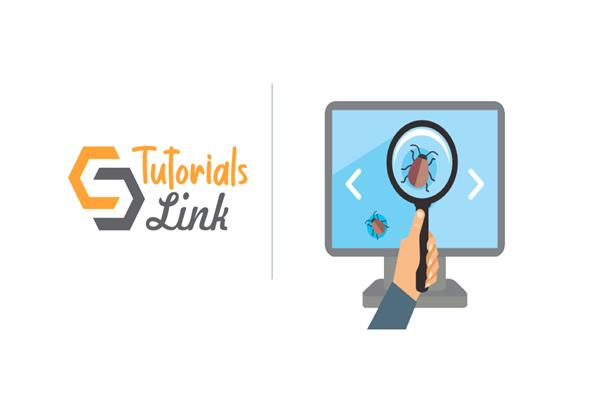Explain the Types of Regression Testing | Software Testing
Explain the Types of Regression Testing | Software Testing
In this article, you will get to know about the different types of regression testing.
- Unit Regression Testing: In this testing, the tester will only test the changed unit, not the whole impact area. Because the change might affect the components of the same module.
For example, The developer develops a text box in which the user can enter the 1-12 characters. Now, the tester will create all the possible test cases to test whether the user can enter the 1 -12 characters or not. After this, the clients need modification in the requirement and request that the text box will accept 1-30 characters. Now, the tester has to test only whether the text box is accepting 1-30 characters or not. The tester does not have to check any other area associated with the text box.
In layman's language, in-unit testing we test the changed feature working only.
- Regional Regression Testing: In this testing, the tester tests the changed unit along with the area it made an impact. We test the dependent module because the change might have an impact on different modules too.
For example: If we have four different modules, the developers provide the testing team with all the modules in the first build. Now, the requirements of module 3 have been changed by the client. The development team made the changes according to module 3. The testing team has to test all the modules dependent on module 3. Hence, this process is called regional regression testing.
One of the drawbacks of regional regression testing is that it consumes a lot of time for developers and testers to explain the new features added to the module. When the client changes the requirements, it rolls out an email to the development team and testing team. After adding the new features to the module, the development team sends the email to the client and asks for confirmation. Now, the client sends the email to the testing team to check the flow. In between all this email sending in and out, somewhere, we miss the small details which might cause an issue for the testing team.
To resolve the issue, we have to perform the following steps:
- The testing team has to do one round of impact testing and generate the impact analysis report.
- They have to do smoke testing to verify the basic functionality.
- Testing the new features thoroughly.
- Once the changes are done, we have to retest the bugs.
- They have to check the impact areas and all the independent areas.
The unit and regional regression testing have some disadvantages also:
- We might miss some impact areas.
- We might target and observe the wrong impact areas.
Full Regression Testing: During the second and third cycle of testing, when clients ask to make changes this will lead to testing the entire product.
For example: If the testing team has already completed the first round of testing, and is now in the second or third phase of testing. The requirements of the client have changed and the development team has made some changes. Here and now, the testing team has to test all the modules independent of each other and almost the entire product.





